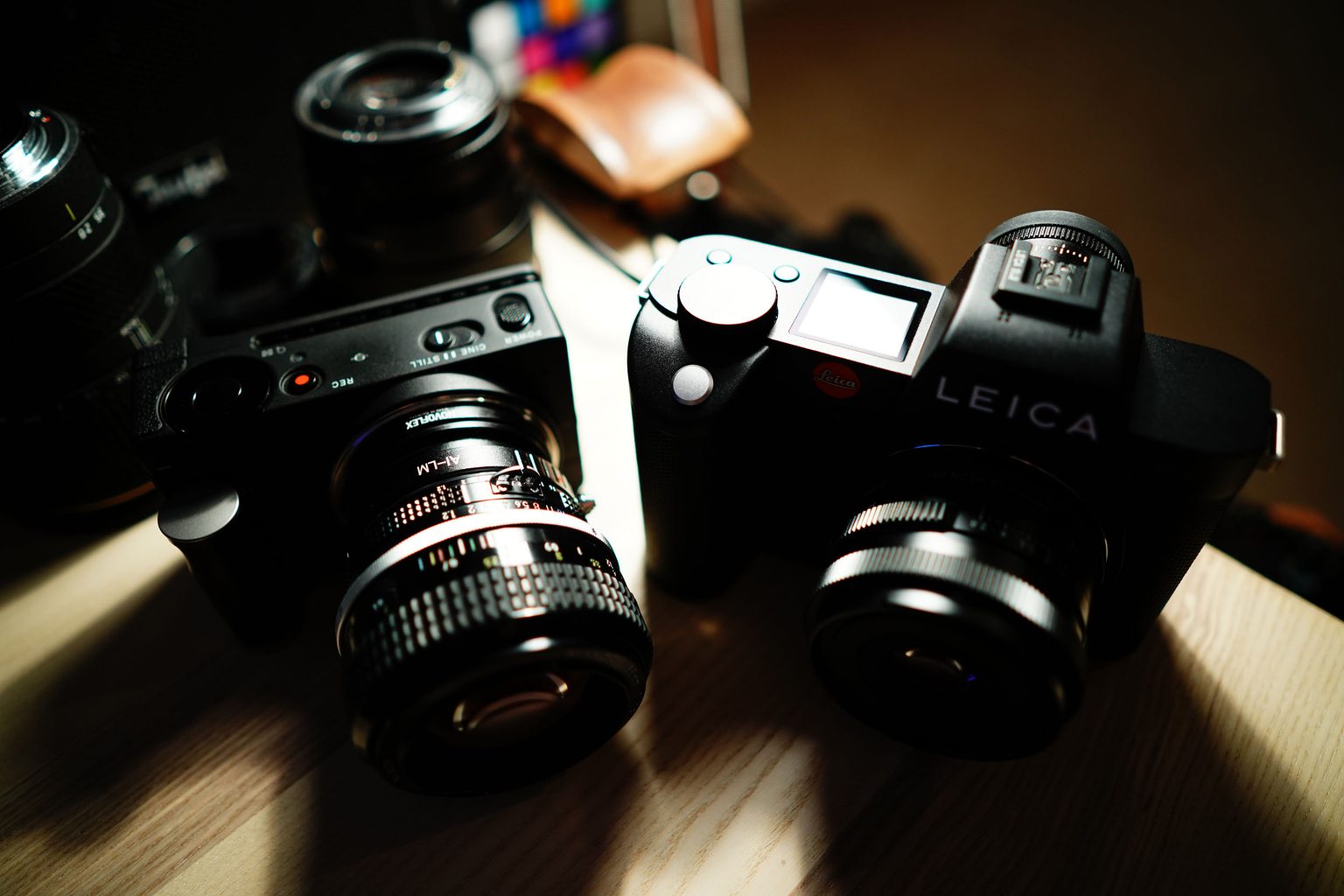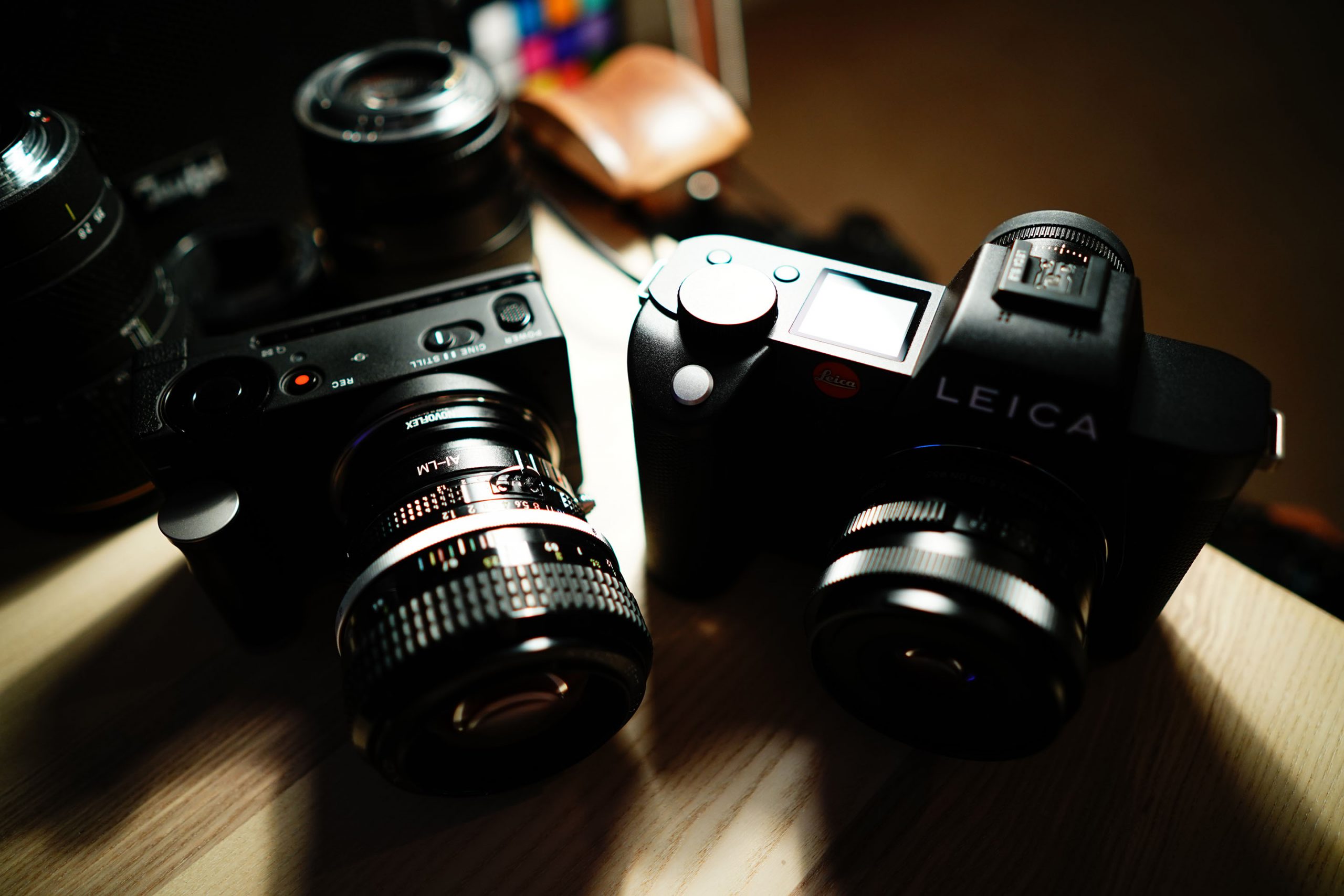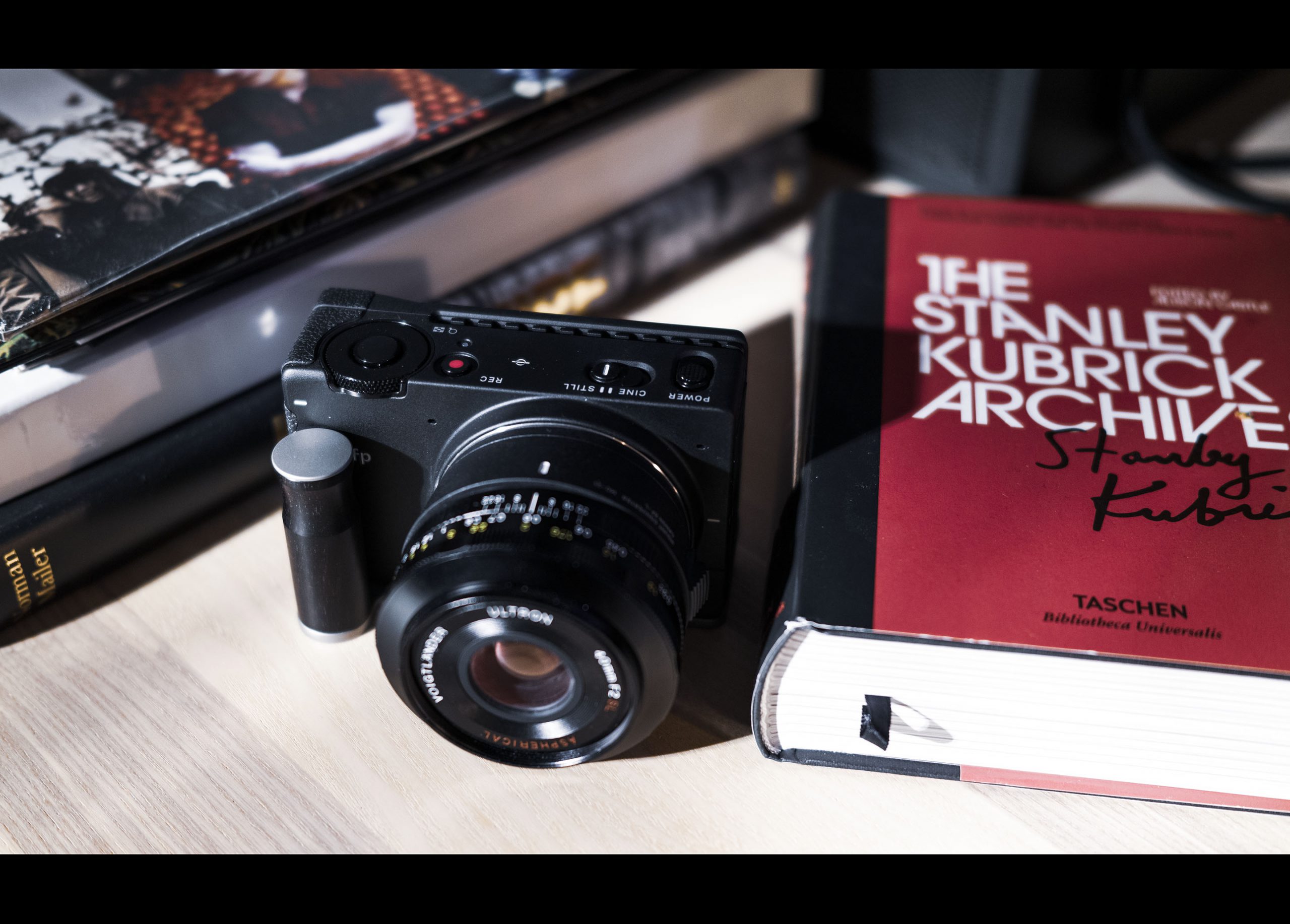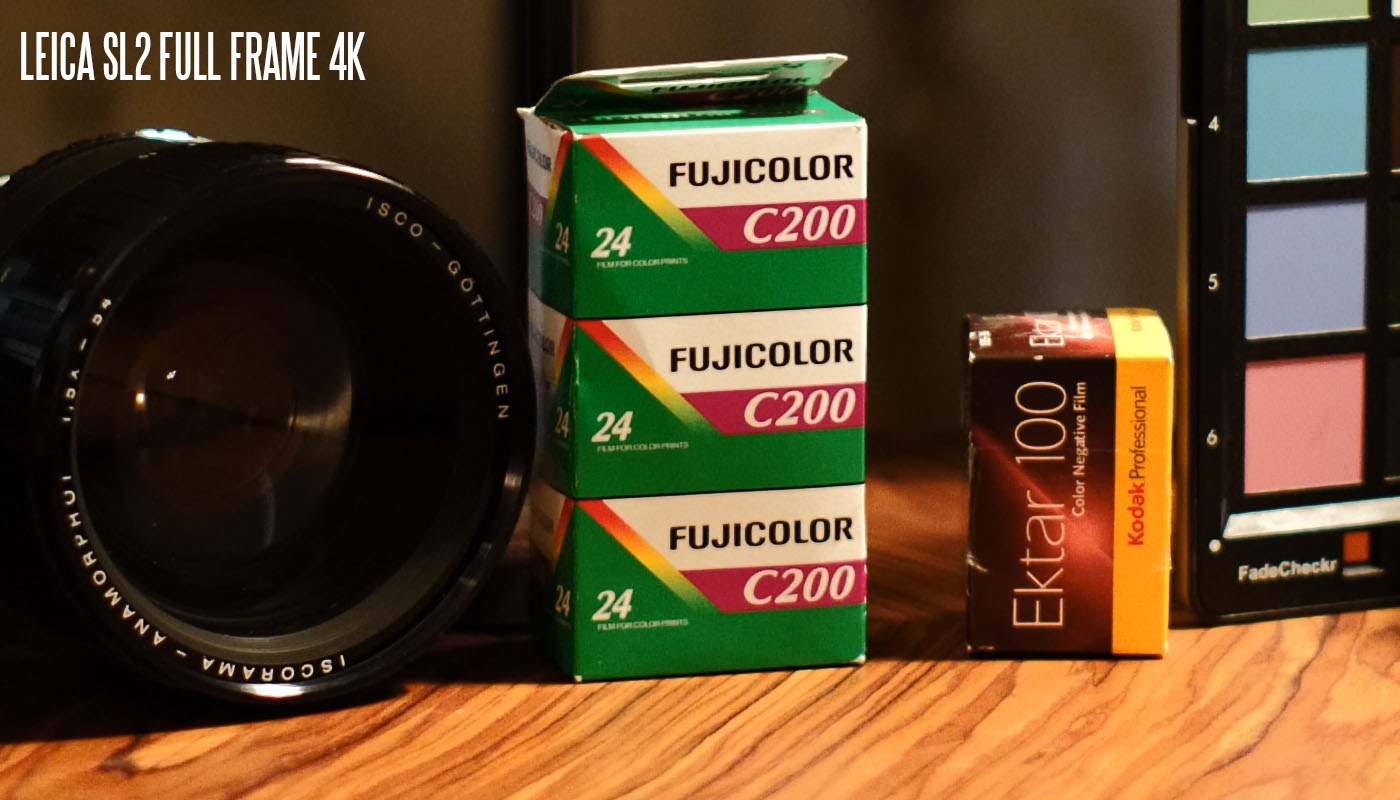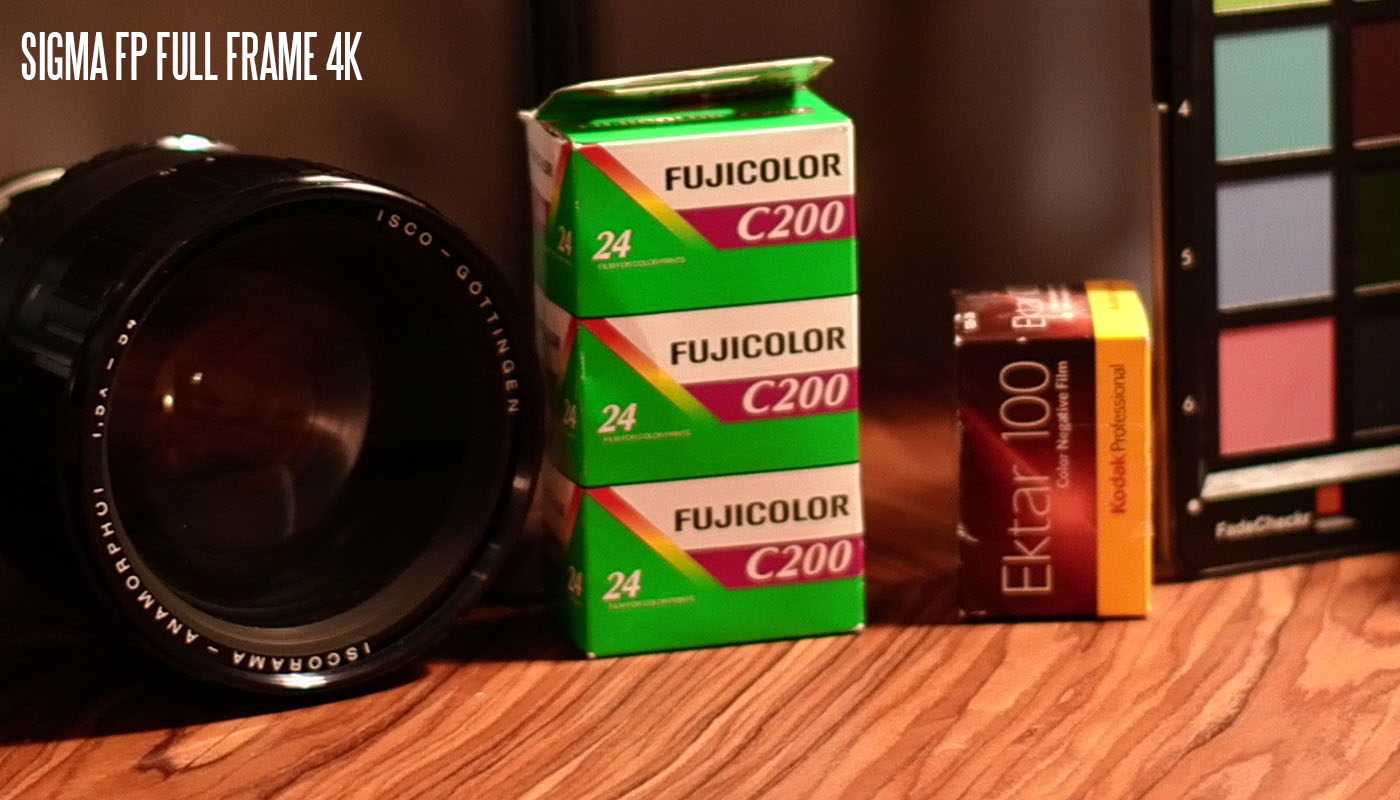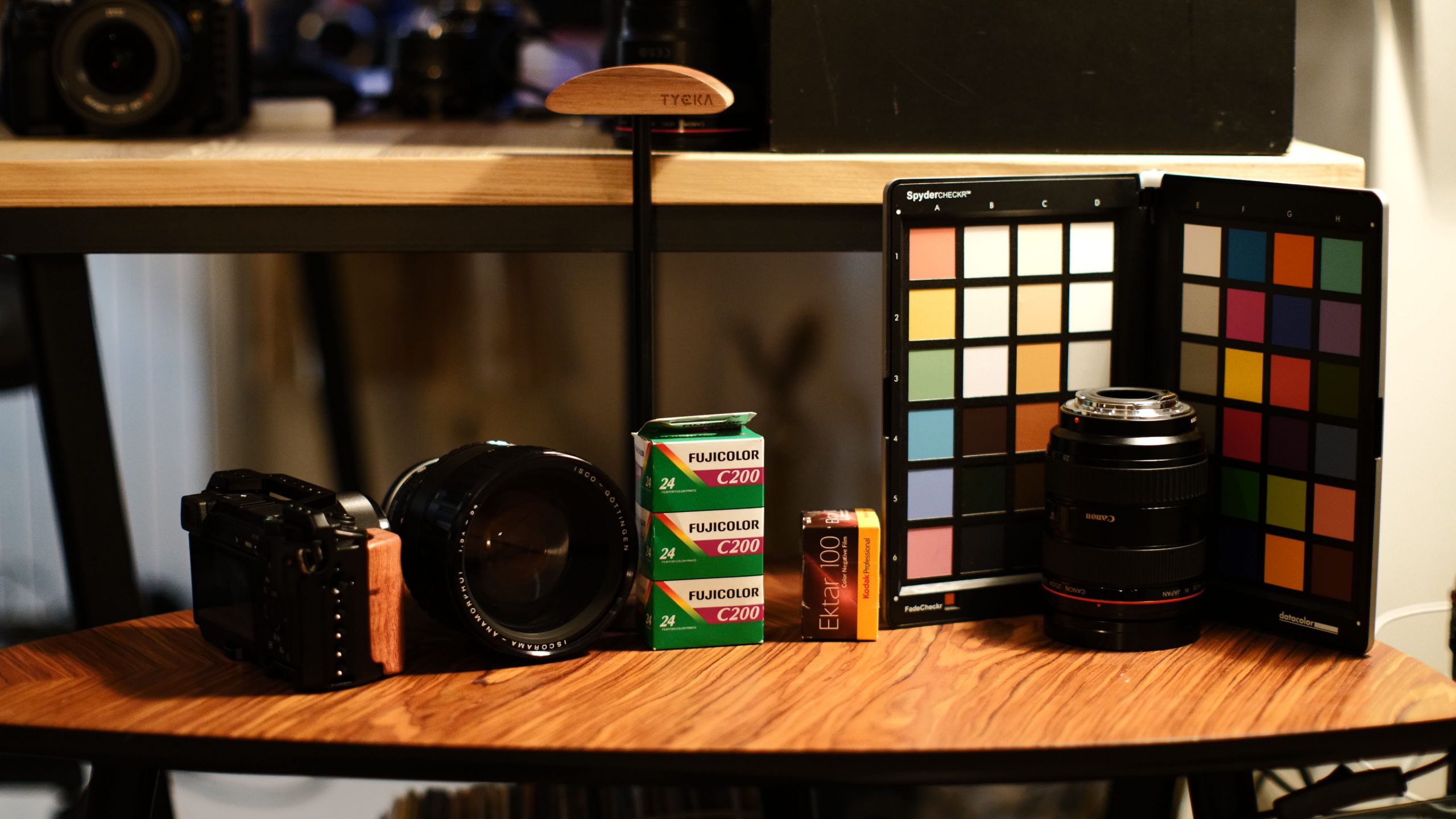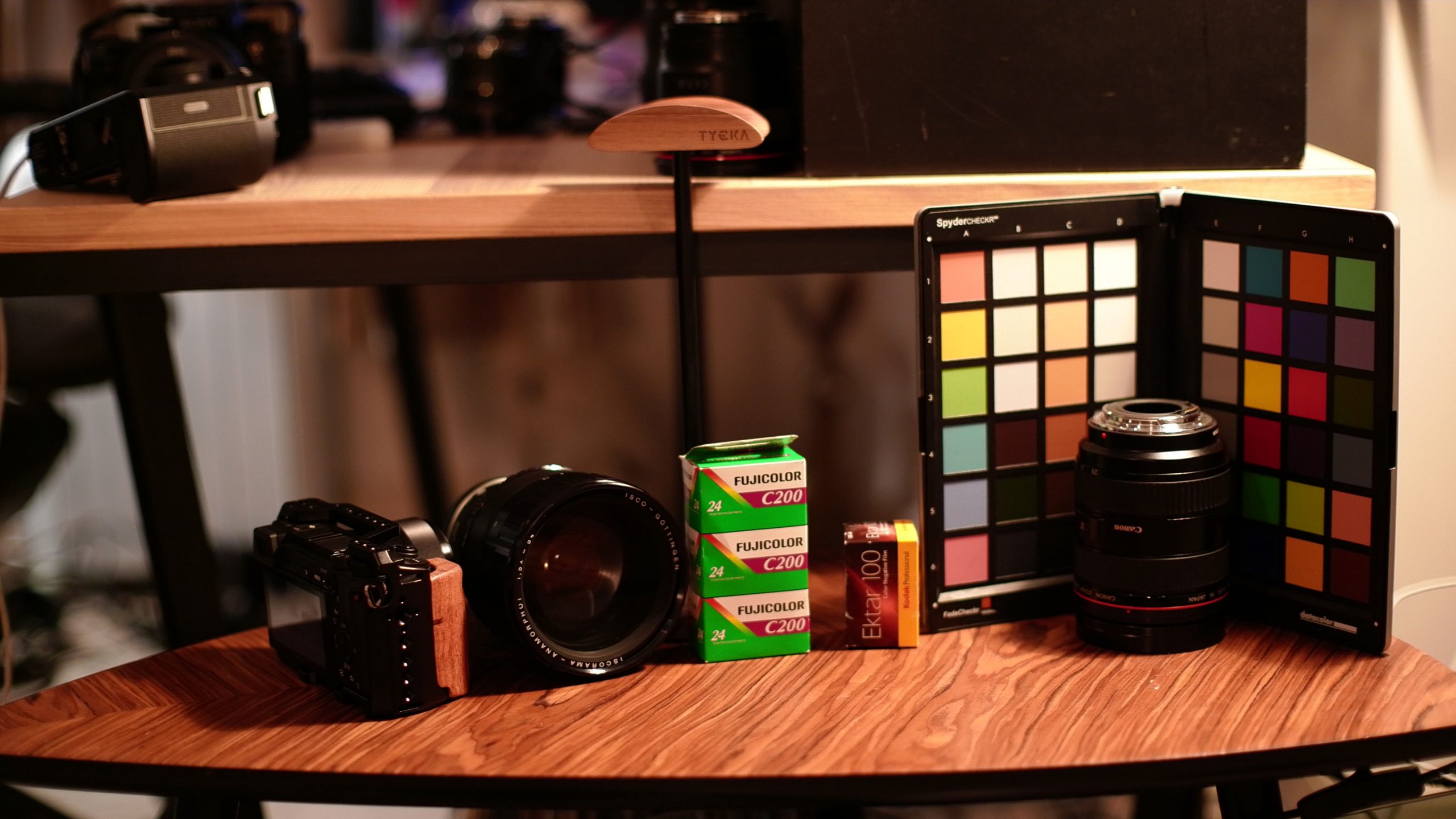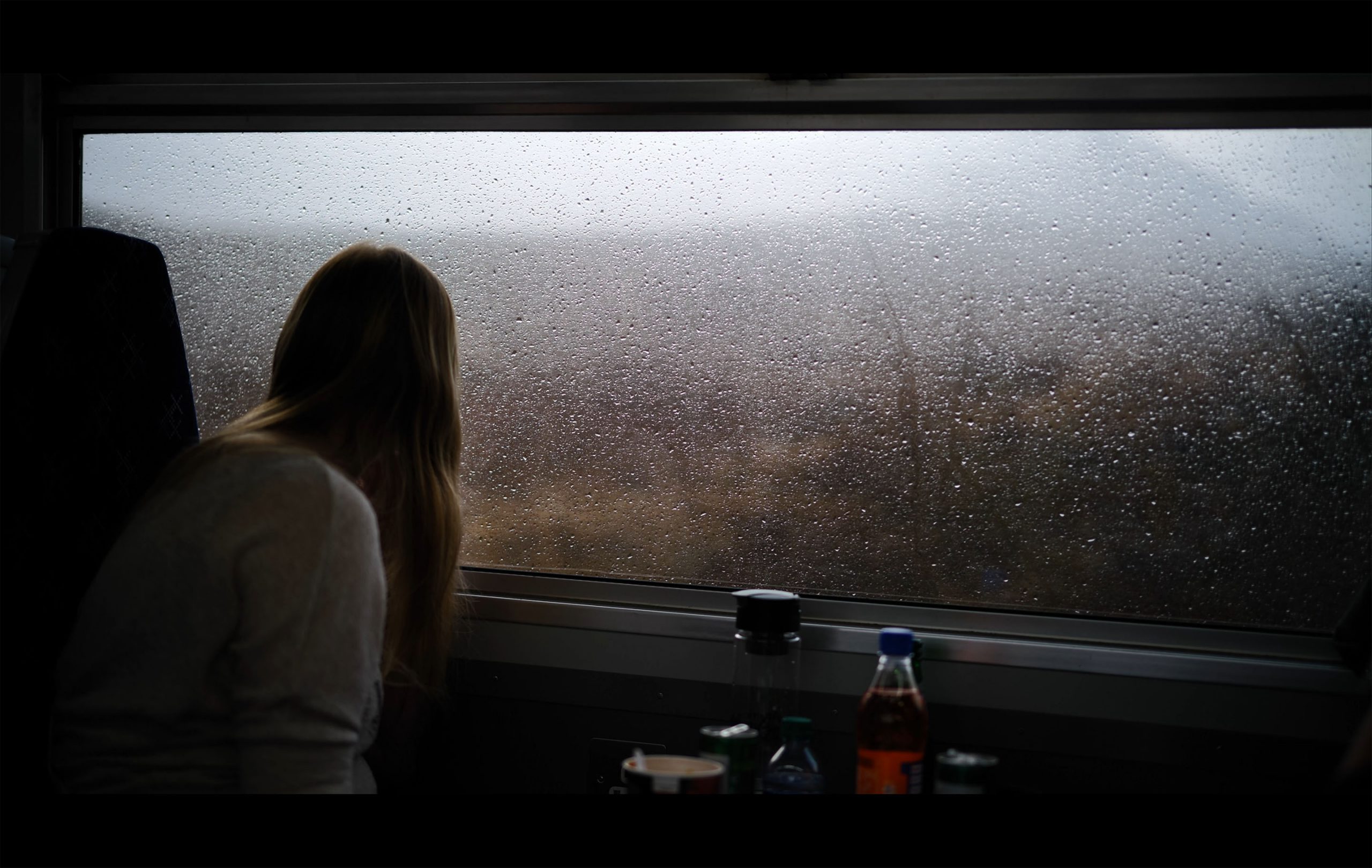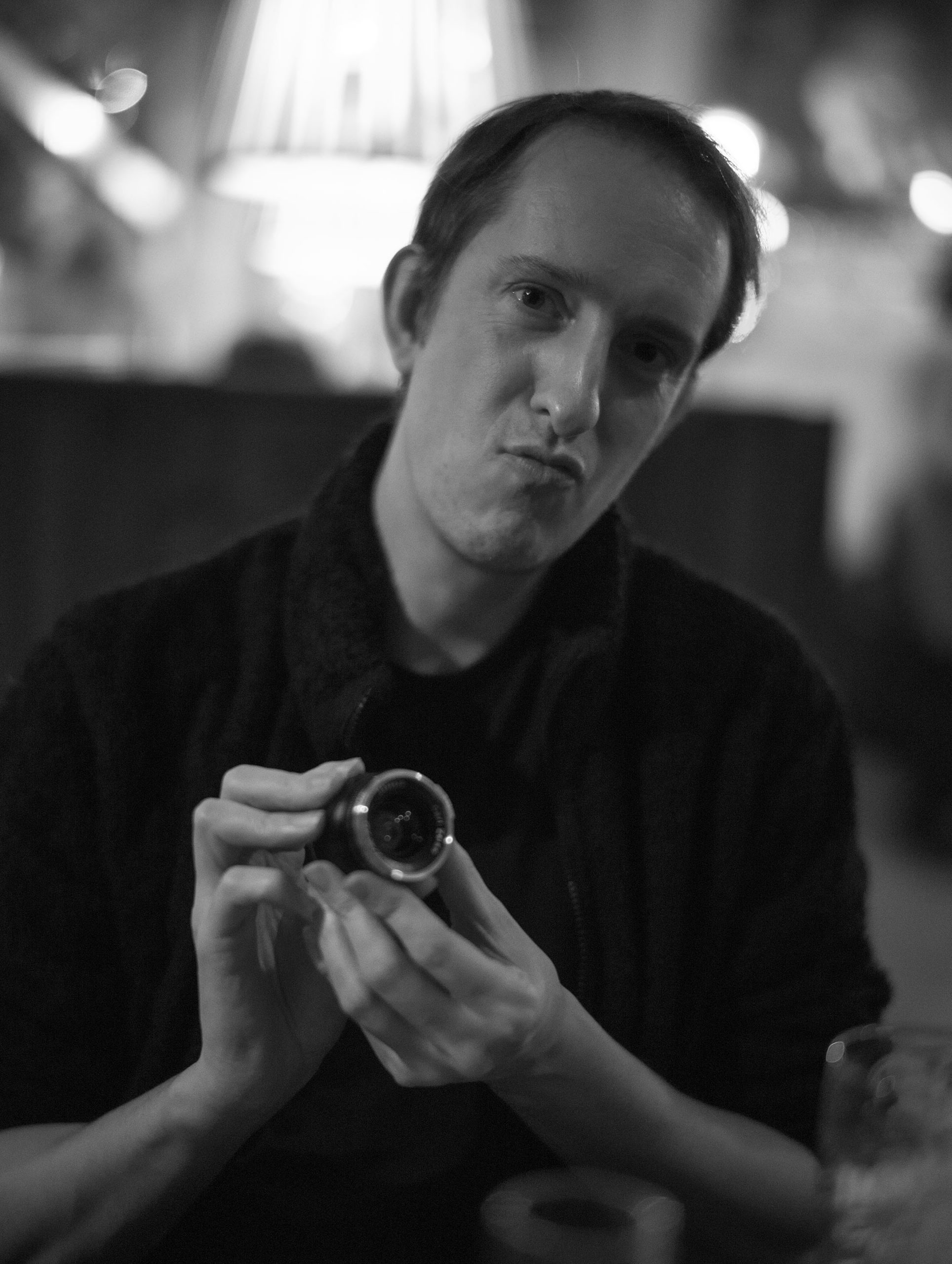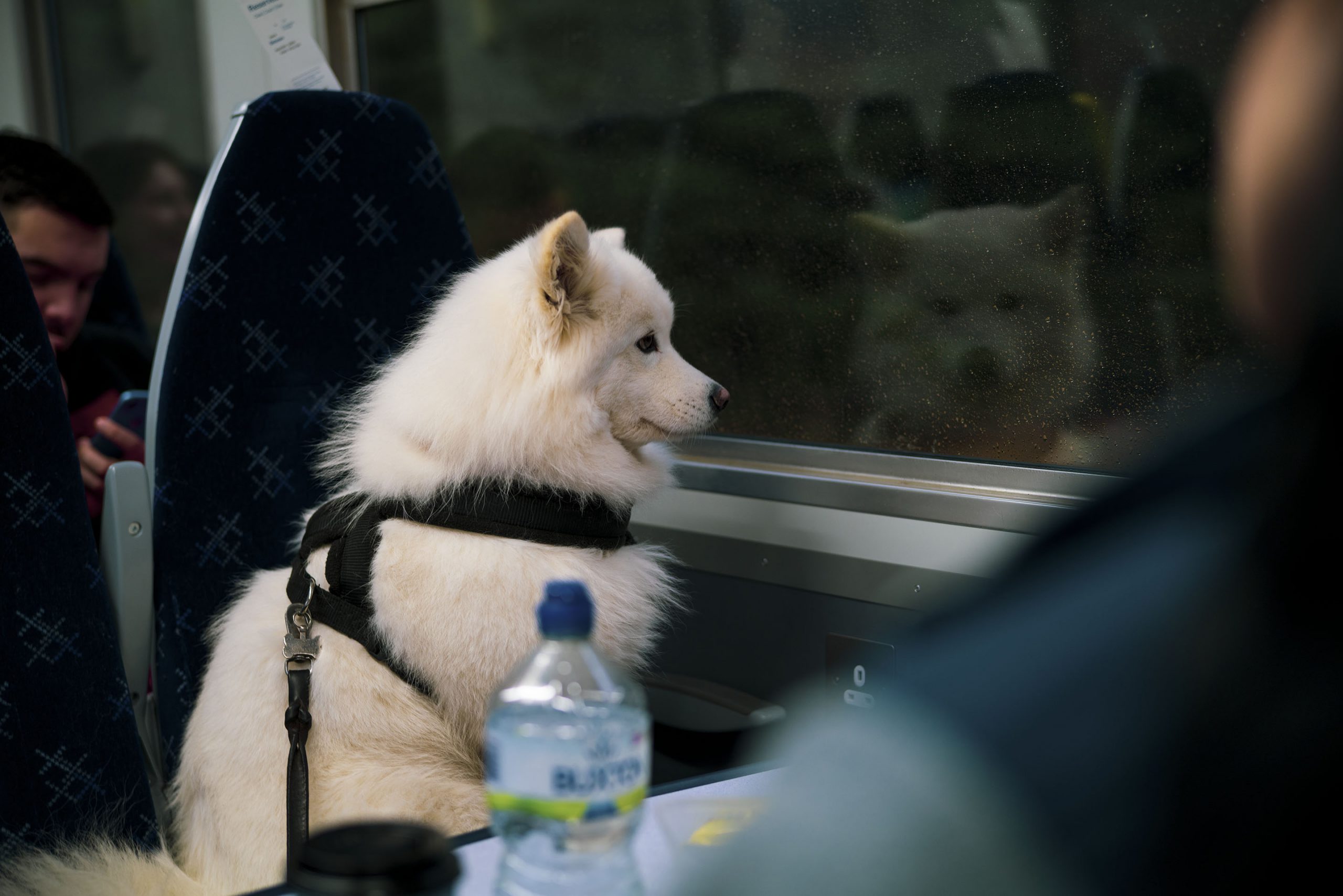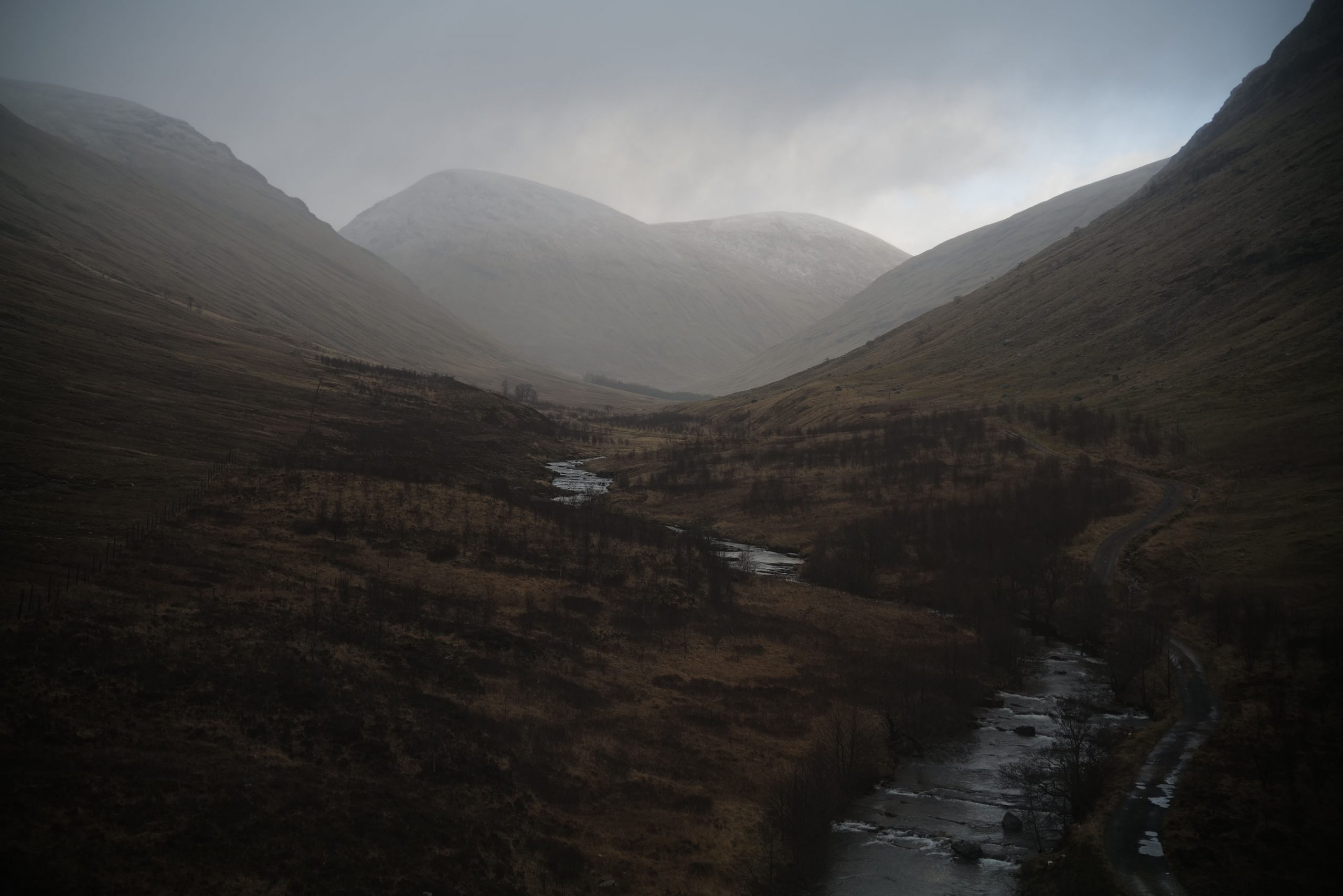
Two of the most unique cameras on the market today are both L-mount with 10bit capabilities in 4K. The Sigma Fp of course shoots Cinema DNG 4K RAW at up to 12bit to SSD via USB C and 8bit RAW internally. The Leica SL2 shoots very high quality 10bit 4K LOG internally with more of a passing resemblance to Arri Alexa colour science and LOG profile.
I thought I’d get to know the two, if that’s the case!
Along with the Panasonic S1H and S1, L-mount is turning into quite a force for filmmakers.
All the cameras are targeted at the high-end of the market, but the Panasonic S1 and Fp are priced well enough for enthusiasts to afford (unlike the Leica SL2!). We’re looking at $1899 for the Fp, but I recommend going for the kit with the 45mm F2.8, at $2199. The lens is a gem and has fantastic rendering, with the 3D pop of a Zeiss at F2, rather than a kit lens at F2.8. Once again Sigma have knocked the quality of their optics out of the park, but this one prioritises character over sharpness.
Firmware follies
We’re talking about two absolutely fantastic cameras here, but both companies though need to get a firmware update out. The cameras are relatively version 1.0. By that I mean not entirely bug-free.
The Sigma Fp has an issue where in stills mode, live-view over estimates the brightness of the final image if a manual focus lens is attached via a passive adapter with no electronic contacts. When the camera can’t read the aperture, you’ll be setting precise exposure only to find the final image is 1-stop darker. In video mode the problem doesn’t exist and the live-view display shows the correct result at all times. The problem also goes away in one of the programme auto settings or Aperture priority, or even in manual when Auto ISO is enabled.
The Leica SL2’s biggest bug is the autofocus system. Here, we have a system that prioritises the tiniest spec of dust on a window rather than the epic landscape behind it. The behaviour is all over the place. This is a pity, because AF speed is a big step up from the Sigmal Fp, Leica SL and Panasonic S1 or S1H. For contrast detect it’s very fast like the S1R, and not actually all that terrible in video mode either.
You may think the SL2 has a few more bugs when you first use it as well, like forgetting last-selected settings in the video resolution menu, or refusing to record 4K with the Sigma MC-21 EF adapter, or refusing to record very much at all when the battery still has one bar remaining. Yes, the camera packs up and goes home a bit earlier where burst shooting and 4K video are concerned due to “voltage demands” on a relatively low battery with 25% remaining. This is also a pity as the battery is enormous and battery life generally quite good given the powerful features under the hood.
The reasons to get the SL2 are that it’s the best manual focus full frame camera on the market and the sexiest as well. It builds on the Panasonic S1R with a ’boutique’ alloy housing, supercharged video specs, amazing Leica colour science, LOG profile, 10bit, 5.5K anamorphic 4:3 mode, none of which the Panasonic S1R have.
Speaking of which, it’s also one of the few cameras to do 4K/60p full frame. The manual lists this as coming from an 8K full pixel readout. The manual is wrong, it’s a “pixel mix” whatever that means. Still a very detailed and sharp image though. The 4K/60p in Super 35mm mode is indeed a full pixel readout though, with no hint of moire or aliasing.
Speaking of 4K/60p, we come to the SL2’s next “bug” or should that be “feature”… “Leica does not believe in shooting LOG in 8bit”. The problem with this stance is that all the 4K 60p modes are 8bit in-camera so LOG vanishes in these modes. You’ll find it a challenge then, if your project depends on LUTs, to match the Rec.709 Leica “Natural” 60p recordings to the 4K ALL-I 10bit LOG ones, all in-camera, and there’s no in-camera LUT preview or View Assist either! Come on Leica. We have been shooting 8bit LOG for ages on all sorts of camera, no need to be a snob about it. Also weird, is that the Hybrid LOG Gamma mode (also sadly 10bit only) has a View Assist enabled by default! But none for LOG?!
Let it be known the colour science is EXCEPTIONAL on this camera. Imagine if Arri and Fuji had a baby, it’s that good. It has an incredibly film-like feel and the LOG profile is a 100% match for Arri LOG from the Alexa. You can put the exact same Rec.709 conversion LUT on in Premiere and it looks identical on both cameras. Are the Germans in bed with each-other?
Back to the Sigma Fp again, and there has been a bit of controversy over the Cinema DNG looking like it is a bit binned – a bit like the otherwise superb looking ProRes RAW from the Nikon Z6. Since the cameras share the same sensor (most likely) and seem to engage a different method of readout to achieve deeper bit-depths like 12bit, it may well be the case something is going on. The Cinema DNG is a bit “scratchy” but we’re still talking an incredible image here. The ALL-I internal is very good, and Sigma say LOG is coming with a later firmware update (allegedly).
The Fp does not have a mechanical shutter which is something you’ll have to bear in mind for stills. The rolling shutter for stills isn’t as fast as the Sony A9, so that rules out quite a few types of light sources and flashes. I can see where Sigma are going with this in the future… Perhaps stacked DRAM sensors from Sony like the A9, or global shutter. It is the future, but it’s a bit premature here.
Due to the lack of ability to manually enter a focal length, electronic IBIS cannot be abled with manual lenses through passive adapters on the Fp. But on the Leica SL2 you can select from a built-in list of Leica M and R lenses, matching as closely as possible the focal length and aperture of whatever weird stuff you are actually using instead.
On default settings the Leica SL has the best colour science and most film-like mojo. The Fp is good but has a bit of a magenta cast on some picture profiles.
The Fp is a full pixel readout of 6K even in full frame, whereas the SL2 is a pixel binning / pixel mixture from 46MP. Can you tell?
Well, full pixel readout be damned.
I’ll give the prize to the SL2 here for detail and resolution. It may be the impact of the 10bit 422 codec, or sensor glass, or something else – but it is definitely resolving better than the Fp in full frame 4K, and more cleanly, and with better colour science. There are slightly jagged square edges to some of the fine lettering on the Fuji film reel box in the Fp footage.
Bear in mind we are still talking about images to a very high level here and the Sigma Fp has the cleaner image at extreme high ISOs, although the SL2 isn’t bad considering the megapixel count of the sensor being nearly double that of the Fp. In LOG mode it does ISO 12,800 comfortably with a nice fine grain, as long as you remember to crush back the blacks in post and do a bit of cleaning up.
Summary:
Leica SL2, is a supercharged upgrade to the Panasonic S1R. It adds a 5.5K 10bit anamorphic 4:3 mode, internal 10bit 4K recording, Leica LOG and colour science, while maintaining the unique full frame 4K/60p. The IBIS is superb, as is handling and build quality. The Leica menus and User Profiles are superior to Panasonic’s way of doing it and the EVF is the best on the market. It lacks for nothing but better AF and an articulated screen. It is my go-to-camera for manual focus lenses, anamorphic and filmic colour science. It also has a surprisingly amazing internal mic.
Sigma Fp, is a uniquely small and affordable full frame “S1” with 400Mbit ALL-I codec and Cinema DNG RAW recording. It is ruggedly built, super tough, fantastic screen but no EVF or articulation of said screen. I love it anyway, a camera with bags of personality which will only get better with future firmware updates.
Next we head to Scotland with the Leica SL2, a disastrous trip that pleased nobody. Wind, rain, trains and no automobile! Never again!
Coming soon, the Leica SL in the Scottish Highlands




